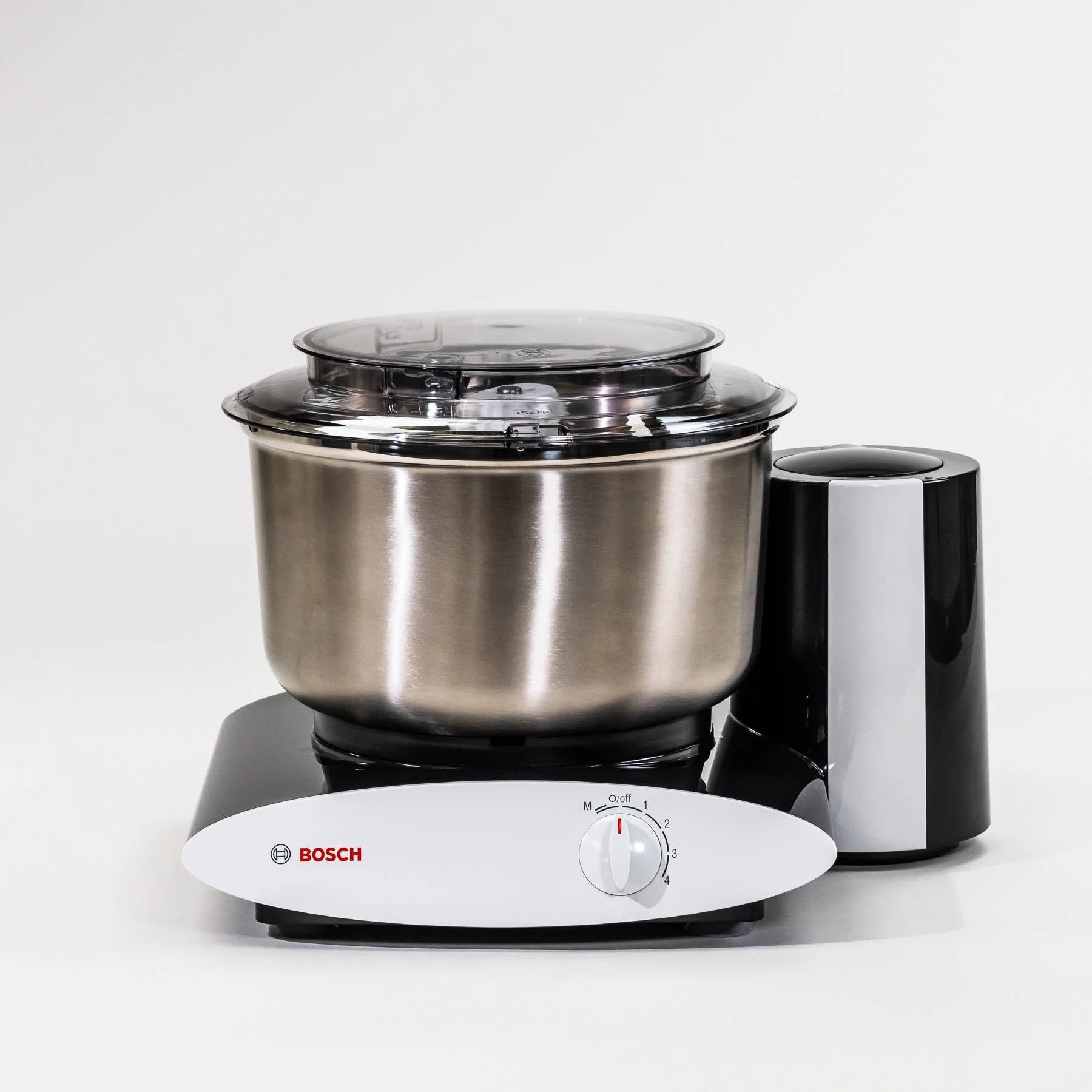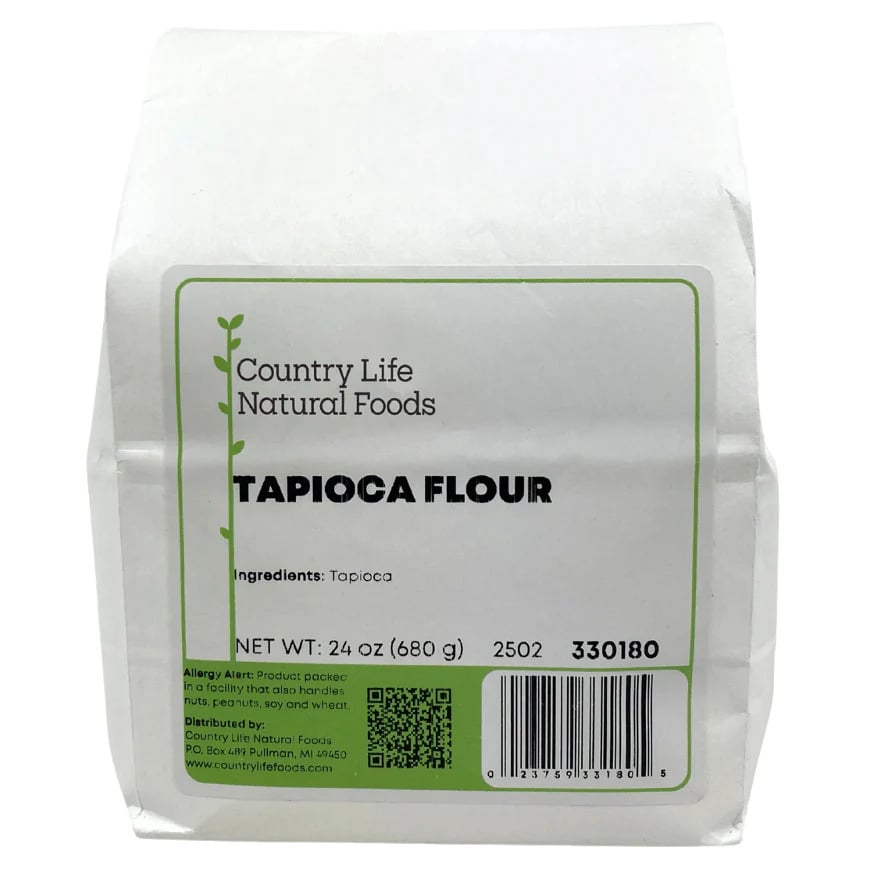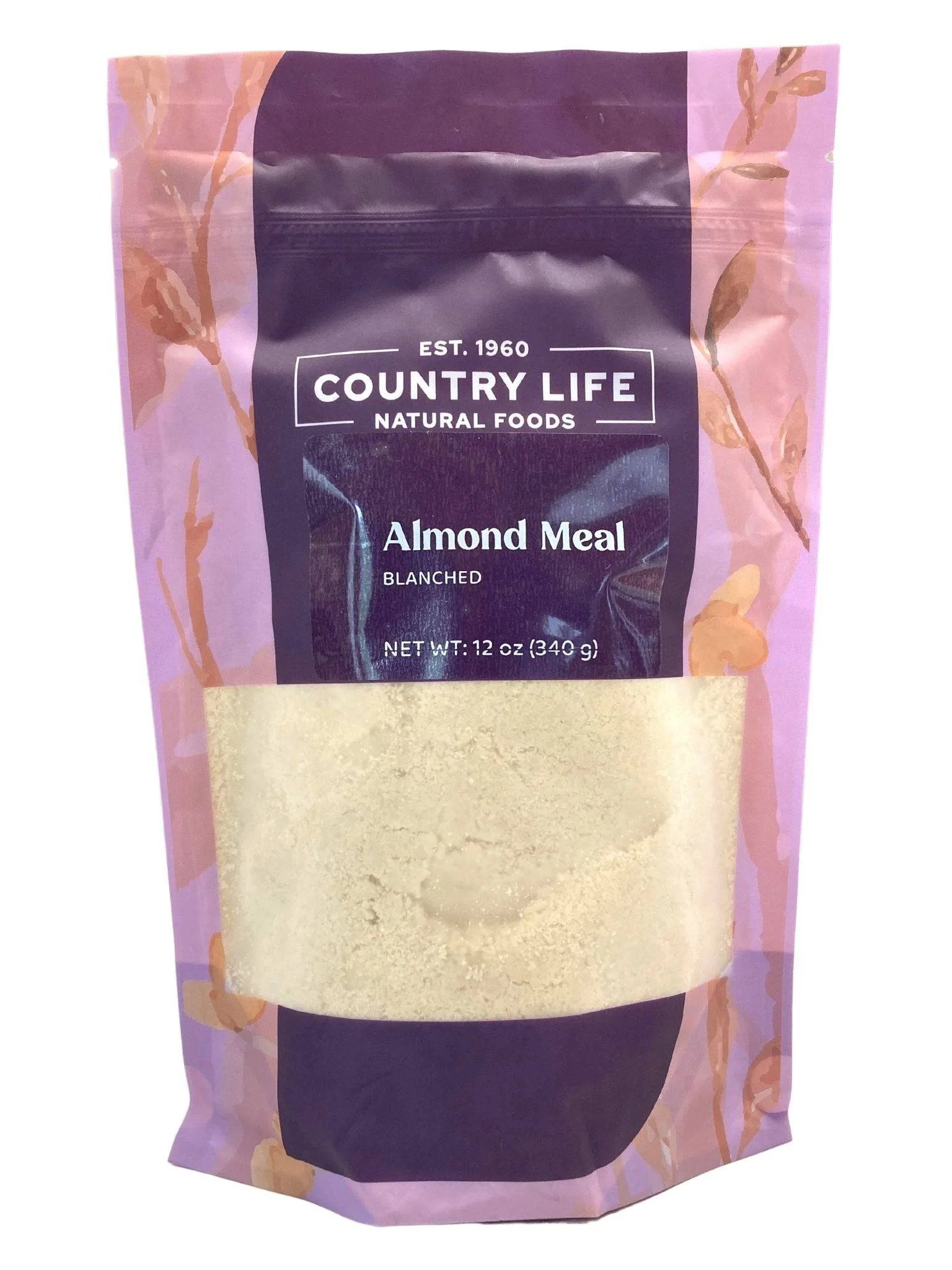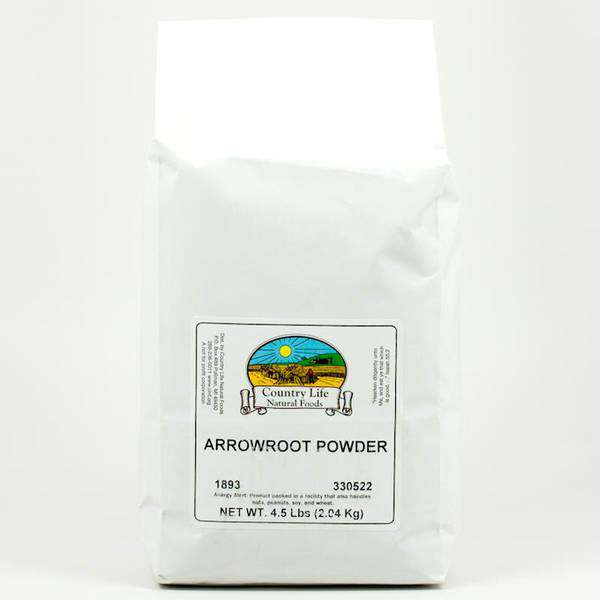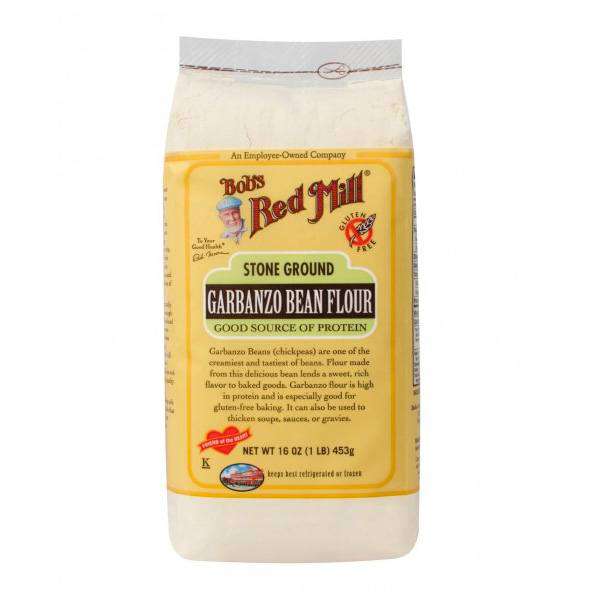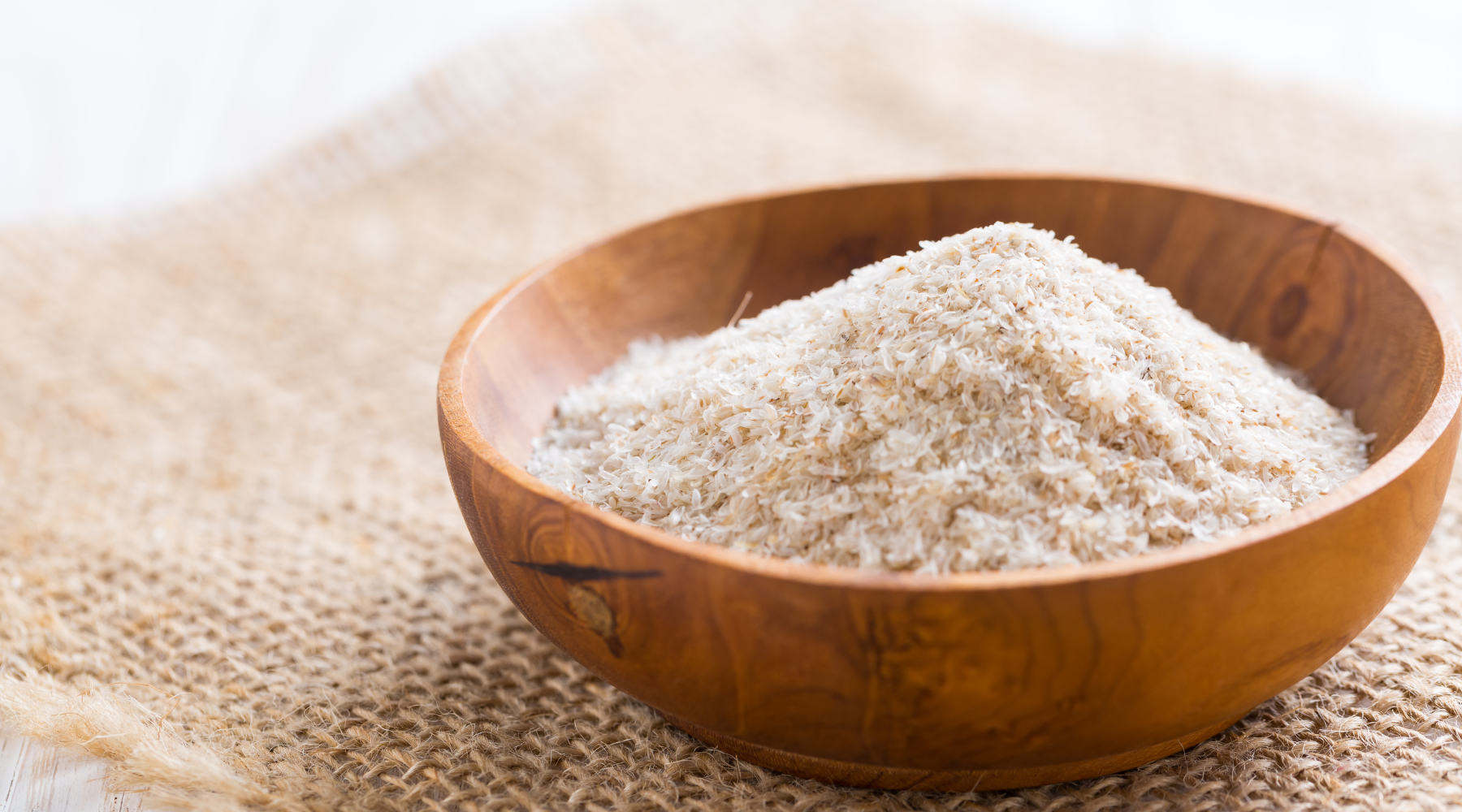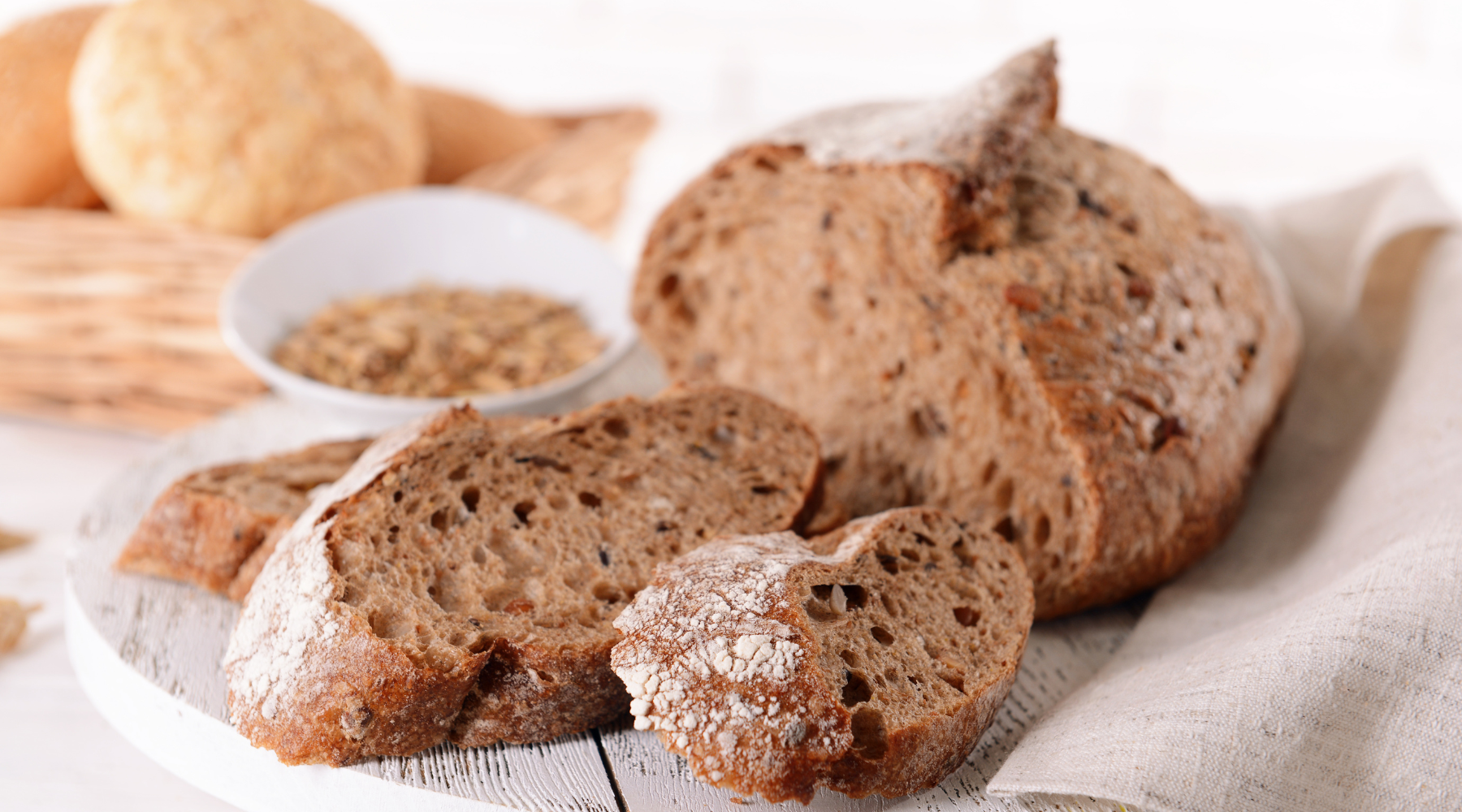Whether you are looking to lower inflammation, treat auto-immune conditions such as celiac disease, determine food sensitivities, lose weight, or improve your mental health, you may have heard about going on a grain-free diet.
A grain-free diet eliminates all grains and all foods (including gluten and gluten-free foods) derived from them, such as wheat, barley, rye, spelt, millet, corn, rice, oats, and sorghum.
So how do you enjoy your favorite baked goods and foods when it seems like all possible flour options are out the door?
We are here to settle any fears and assure you there are alternatives to use in your beloved recipes; there is no need to give up age-old favorites! For those who avoid grains, the abundance of flour substitutes is something to celebrate!
Here are 9 grain-free flours to choose from!
9 Grain-Free Flour Options
1. COCONUT FLOUR
Coconut flour is made from coconut flesh that has been dried and ground. It is naturally gluten-free and grain-free, with a sweeter taste.Thanks to its low-carb and high-protein content, it is an excellent choice for those on a Paleo or low-carb diet or diabetics.
It is, however, one of the more challenging flours to work with due to its fibrousness, being extraordinarily absorbent, and having a drying effect on baked goods.
Pros:
- High in dietary fiber.
- High in protein. 100-gram serving = 21.43 grams of protein.
- Low in carbohydrates.
- A good source of lauric acid supports the immune system and thyroid and promotes healthy skin.
- Good source of manganese shown to support bone health, nervous system function, and thyroid health and helps to maintain optimal blood sugar levels.
- Great thickener for gravies and soups.
- Excellent for absorbing excess moisture in recipes.
- Widely available in stores and online.
Cons:
- Has a strong coconut flavor, which is not ideal for all recipes.
- Due to its absorbency, recipes will require a lot of extra moisture, such as applesauce, oil, or eggs, to prevent a dry, dense product.
Use coconut flour for:
- Low-carb or Paleo recipes
- Bread and cookie recipes
- Baked goods with excess moisture, like zucchini bread.
- As a binder for burger patties or veggie loaves.
- For the best results, start by substituting 1/4 cup (28 grams) of coconut flour for every 1 cup (120 grams) of regular flour in baking recipes.
- Use about 6 eggs and 1 cup of liquid per cup of coconut flour to ensure the recipe has enough moisture.
-(2)-v1675096062167.png?900x2000)
-(3)-v1675096139638.png?900x2000)
2. CASSAVA FLOUR
Cassava flour is made from the root vegetable yuca, native to South America. Being grain-free, gluten-free, and nut-free makes it an excellent replacement for wheat flour and suitable for any food allergies.
This grain-free flour is a good 1:1 substitute for regular flour thanks to its fine, smooth, powdery consistency and lightweight, making it easy to bake with. Your final result will have great texture, as close as possible to the "real deal."
Pros:
- 1:1 substitute for all-purpose flour
- Similar in texture to all-purpose flour.
- Mild, neutral taste.
- Rich in prebiotic fiber and resistant starch, great for digestive health.
- Contains high levels of vitamin C, thiamine, riboflavin, and niacin.
- A good source of potassium, zinc, magnesium, copper, iron, and manganese.
Cons:
- Absorbs more liquid than other flours, so recipes may have to be slightly adjusted.
- High in carbohydrates, making it unsuitable for Paleo, Whole30, Keto, other low-carb diets, or diabetics.
- Low in fat (can be seen as a pro for some) and protein.
- Not all brands are made equally and offer the ideal consistency, making it difficult to provide a 1:1 substitution with wheat.
Use Cassava Flour for:
- Making pizza crusts and tortillas. Here is an easy tortilla recipe!
- Baked goods, especially ones that need structure to rise, such as bread and pastries.
- Thickening agent in sauces and soups
- Dredging foods before frying, like french fries.
3. TAPIOCA FLOUR
Tapioca flour, also known as tapioca starch, is often confused with cassava flour as it is also derived from the same plant, yuca. The root of the plant is grated and rinsed, leaving behind starchy water. When the water evaporates, it leaves a white residue: tapioca flour.
Tapioca flour is less nutrient and fiber dense than cassava flour. Still, it has no flavor, which makes it excellent if you want to preserve the original taste of your recipes and is very similar to cornstarch.
When mixed with another gluten-free flour, tapioca flour can add that desired "fluffiness" that isn't often present with just coconut or almond flour alone.
Pros:
- It will not mess with the flavor of your recipe, having a neutral taste.
- Suitable 1:1 replacement for flour when making sauces or gravies.
- Excellent thickener as it absorbs and retains a high water content.
- Browns very well, so it is great to use for coating for frying.
- Mimics gluten and creates bounce in baked goods.
- Acts as a binding flour in baked goods
- High in calcium - containing 30.4 milligram calcium per cup.
- A good source of iron.
Cons:
- Less fiber than cassava flour.
- Very high in carbs and calories.
- It's not a great 1:1 substitute for baking cakes or cookies.
- Too much tapioca flour can result in your bakes becoming thick and gummy.
Use Tapioca Flour for:
- Thickening sauces, gravies, stews, or soups.
- As a coating for frying recipes such as french fries or nuggets.
- For making pizza crust.
- Cookies or pastries when mixed with other grain-free or gluten-free flour.
-(4)-v1675096305262.png?900x2000)
-(5)-v1675096434944.png?900x2000)
4. ALMOND FLOUR
Almond flour is one of the more well-known grain-free and gluten-free flours and can be used interchangeably with wheat flour, whole wheat flour, or white flour in a 1:1 ratio.
Almond flour is made from ground almonds, blanched in boiling water to remove the skins, and then ground and sifted into fine flour.
This grain-free flour is incredibly nutritious, low in carbohydrates, high in protein, and an excellent source of prebiotics.
Pros:
- Can be used as a 1:1 substitution in many baking recipes.
- Widely available in stores and online.
- Offers a yummy buttery, slightly nutty flavor (which can be a con).
- Similar fine texture as regular flour.
- Rich in vitamin E, magnesium, and manganese.
- Contains a lot of prebiotic dietary fiber.
- Has fewer sugars and carbohydrates than regular wheat flour and other grain-free flours.
Cons:
- Relatively high in calories. Almond flour has about 50% more calories than regular wheat flour in the same volume.
- Almond flour can be expensive compared to other alternatives.
- A heavier flour that requires more leavening agents in recipes.
Use almond flour for:
- Dredging foods before frying, like french fries.
- A substitute for bread crumbs.
- To make pancakes and flapjacks.
- To bake bread, cookies, and macaroons.
5. ARROWROOT FLOUR/POWDER
Like Cassava, Arrowroot flour is made from a starchy root vegetable, the Maranta arundinacea plant. It is a less-common grain-free flour and typically used with other grain-free flours like almond or coconut flour to make grain-free baked goods light and fluffy. Arrowroot flour also works great as a replacer for cornstarch to thicken recipes.
Note: Arrowroot flour or powder must be made into a slurry and added at the end of cooking. Extended heat can cause the arrowroot flour to break down, resulting in a thin sauce.
To make the slurry - Mix a teaspoon or two of arrowroot in a ratio of two to one with a mild-tempered liquid and whisk until smooth.
Arrowroot is ideal to use in recipes where you want the food's color and shine to stay the same in the finished product.
Pros:
- Paleo-friendly
- Has no taste and leaves food glossy and clear.
- High in protein - 5 grams per 1 cup
- Provides over 100% of the DV for folate (vitamin B9)
- High in fiber and resistant starch, which slow your rate of digestion, giving you a prolonged feeling of fullness.
- Can boost the immune system and offers a good amount of potassium, iron, and B vitamins.
Cons:
- Not ideal to use on its own in baking. It should be mixed with other flour for dessert and bread recipes.
- High in carbohydrates and calories.
- Some lower-quality arrowroot powder blends may contain potato starch.
- Can easily clump up and not combine correctly (hence needing to make a slurry first)
Use arrowroot flour for:
- Making things "stretchy."
- An alternative to cornstarch for thickening sauces, soups, puddings, fruit pie filling, and jellies.
- Its binding properties in baked goods.
- To make things crispy and crunchy, like sweet potato fries or to fry tofu.
-(6)-v1675096556691.png?900x2000)
LESS FAMILIAR GRAIN-FREE FLOURS
-(7)-v1675100226372.png?900x2000)
6. Green Banana Flour
Made from milled green bananas and can be used instead of whole wheat or white flour. Baked banana flour gives a mild, earthy flavor and is high in fiber, zinc, magnesium, phosphorous, and manganese.
Substitute to a ratio of 1:1, but some recipes will call for a 2/3:1 cup (banana flour: wheat flour) ratio. Use in baked goods such as waffles, pancakes, and muffins or for thickening soups and sauces.
7. Sweet Potato Flour
Made from yellow sweet potatoes. Sweet potato flour is high in fiber and carbs but low in protein. It is stiff in texture and has a somewhat sweet flavor. Sweet potato flour offers excellent dietary fiber and is high in vitamins and minerals.
It is best to mix sweet potato flour with other flour, such as cassava flour, but in some recipes, it can be used on its own. Use it for baking goods, pie crusts, cookies, muffins, and bread. It also works in savory dishes like coatings, batter, and to thicken gravy or sauces.
8. Tiger Nut Flour
Tiger nut flour is not actually made from nuts but from tuberous roots related to potatoes. Tiger nut flour is sweeter and nuttier in flavor and best when mixed with another flour (like coconut, arrowroot, or almond flour.
Use it as a binding ingredient in veggie burgers, meatloaf, and other savory dishes. Or to thicken soup, stews, jams, and ice cream.
9. CHICKPEA FLOUR
Another alternative to wheat flour made from ground-up chickpeas, with a coarser and fluffier texture. Chickpea flour's neutral flavor makes it ideal to use in many sweet and savory recipes. Chickpea flour is high in protein and fiber, and lower in calories and carbs than other alternative flours.
Use as a binding ingredient in fritters and veggie burgers or thickener for sauces, soups and stews. It also works great for making flatbreads, pizza crusts, pancakes and waffles and to make batters for deep-frying foods.
Want to mill your own grains?
Consider the NutriMill product range from Bosch!
This initial investment will help you create any recipe you desire, thanks to the 20+ accessories specifically designed to help you cut, grind, blend, and mix all types of food.
Get the Bosch Kitchen Mixer here, along with our other kitchenware products!
